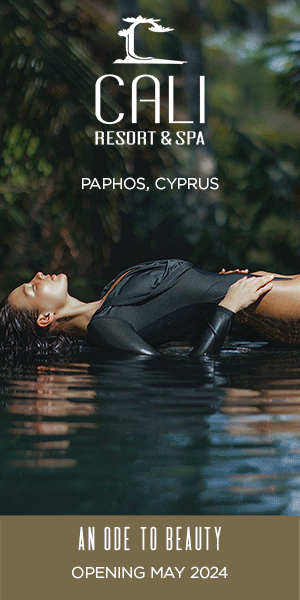Delegates at the ABTA Travel Convention heard from two speakers at todays morning session on customer loyalty, engagement and consumer behaviour, with plenty of big big brand examples with lessons for the travel industry.
Rory Sutherland, vice chairman, O&M Group, and Sofia Natal, global culture experience transformation expert, IBM ix, gave energetic presentations with a strong focus on attracting and retaining business, competing with online shopping and engaging with consumers on a personal level.
"Who We Trust And How We Choose" was the theme of Mr Sutherland's presentation. He started by saying that "business is trapped in a bubble", including the travel industry. He described it as an "efficiency bubble", adding that efficiency and trust do not necessarily go together because sometimes the more efficient or low-cost means of engagement do not necessarily bring brand loyalty. He pointed out that the conversion rate for sales via online engagement is 0.3% but for engagement via a telephone call, it is 33%, and therefore websites that "get people to make a phonecall" could be more effective.
While less efficient means of engagement may be "anathema" to accountants, procurement managers and technology experts, Mr Sutherland said that such methods can meet "the need to create brand loyalty, which is where profits come from".
Making customers feel important and removing customer uncertainty are important, according to Mr Sutherland. He gave the example of Uber, whereby customers know when their taxi is arriving and can step outside just as it arrives, which makes them feel important, and knowing exactly how far away the taxi is removes uncertainty. This, in turn, leads to repeat business - Mr Sutherland also cited the "member since" wording on American Express cards and even the extra fries given to customers at Five Guys, the burger company, as ways of making people feel important and retaining business.
For flight bookings, Mr Sutherland said that while it is easy to compare flights by price, "quality comparison is more difficult". He said this gives importance to booking the cheapest flight rather than a flight that may be more expensive but it better suited to the individual customer's needs. For example, he said that while a cheap flight for his family of four might seem like good value, the costs could escalate if it turns out to be a very early morning flight which necessitates booking an airport hotel the night before - thus a more expensive flight at a later time could be a better option.
In terms of building trust, Mr Sutherland said it is important to look beyond securing a single transaction. While restaurants in tourist areas may not do so well on TripAdvisor because they do not rely on repeat business, he said travel companies need people to come back and this may involve upfront investment, such as buildings. He likened buildings to engagement rings as "an expensive upfront cost to prove a long-term intention".
Dealing well with complaints is another way for travel companies to gain loyalty, Mr Sutherland told delegates. He described good complaints-handling as "proof of reserves of goodwill for repeat business".
Sofia Natal gave a presentation on the psychology of shopping, and followed on from Mr Sutherland's thoughts on trust by saying that it is hard to know who to trust these days, particularly in a world where a computer-generated avatar can gain more than one million followers on social media. She spoke about trust in people versus trust in technology, with the example of the rise of voice-activated technology. This was demonstrated in a video in which a man with a house full of voice-operated technology was left standing in the rain after a trip to the dentist rendered his voice-activated door-unlocking system useless while his neighbour was able to quickly open her door with a simple key.
Ms Natal said that the challenges facing retail include cost of compliance, cost to serve and cost to the consumer to acquire a product. She gave an example of how online shopping is not always more efficient - when purchasing a washing machine, it can be quicker to go to a showroom and choose a washing machine than it is to compare washing machines online, visit a showroom and then purchase a washing machine online.
She also gave examples of technology being used to drive people to visit stores, such as an app developed by Sherwin-Williams, a paint company. The app lets people see how certain colours will look in their homes and this has proven effective in then getting customers to visit the stores to purchase the paint. Another company, Rent The Runway, offers a range of designer clothes on its website and then customers try on outfits in-store before making the decision to rent them for special occasions.
The importance of a "compelling relationship" was raised by Ms Natal, particularly in terms of giving customers a special experience when they enter a store. She gave the examples of Horizn Studios, a luggage company which offered a Japanese tea bar in an east London store, Reebok and Nike's in-store customisation services, and American Apparel with in-store laundromats and coffee.
Ms Natal said that these brands "connect me with my future needs, even needs I don't know I have yet".
Providing personalised service through "empathetic innovation" was cited as another means of customer engagement. She gave the example of 1800flower.com, which helps customers tailor their flower delivery order to very specific occasions and recipients.
She concluded by saying that brands which are "embracing the mission of bridging the gap between people and technology" will be the ones that succeed.






